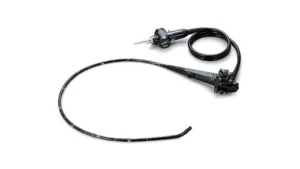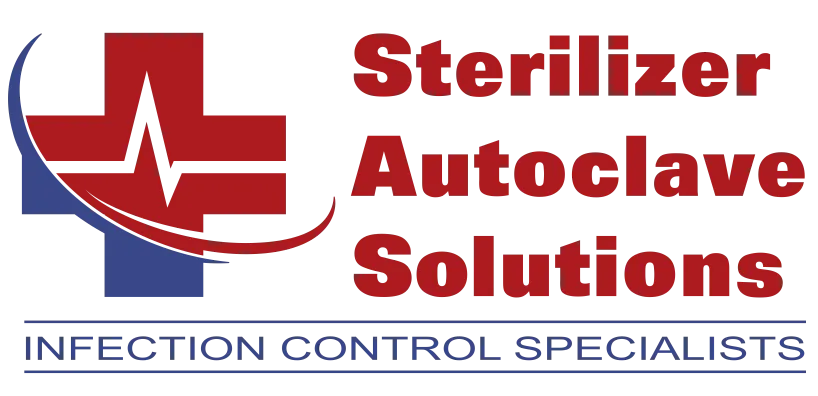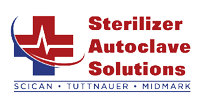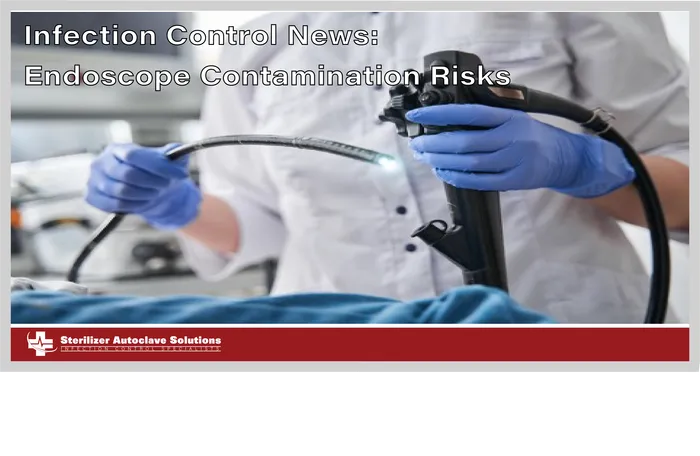Infection Control News: Endoscope Contamination Risks
In this industry, the quest for truly safe medical procedures hinges on the effectiveness of infection control practices. and the reprocessing of reusable endoscopes remains a critical area of focus. Recent findings, notably from a study highlighted by Infection Control Today, paint a concerning picture of persistent contamination risks associated with these complex devices, even after adherence to standard cleaning and disinfection protocols.
This article will delve into the implications of this study, exploring why these instruments continue to harbor unseen dangers and the potential consequences for patient well-being. Understanding the root causes of this persistent contamination is the first step towards ensuring safer endoscopic procedures.
The Unseen Danger: Why Does Endoscope Contamination Persist?
Recent studies continue to shed light on a concerning reality within healthcare: the persistent risk of contamination in endoscopes (shown right) and other lumened instruments. Despite established reprocessing protocols, these complex medical devices, with their intricate channels, can harbor residual microorganisms, posing a potential threat to patient safety. This article will delve into the findings of these studies, underscoring the critical need for robust and effective sterilization practices to mitigate these risks.
instruments. Despite established reprocessing protocols, these complex medical devices, with their intricate channels, can harbor residual microorganisms, posing a potential threat to patient safety. This article will delve into the findings of these studies, underscoring the critical need for robust and effective sterilization practices to mitigate these risks.
One key study highlighted in Infection Control Today revealed that even after undergoing standard cleaning and disinfection procedures, a notable percentage of endoscopes still tested positive for microbial contamination. This finding underscores the inherent challenges in effectively reprocessing these instruments due to their complex designs, which can make thorough cleaning and disinfection difficult to achieve consistently. The presence of biofilms, communities of microorganisms encased in a protective matrix, further complicates the removal and inactivation of pathogens within these devices.
Why are endoscopes so difficult to reprocess effectively?
Their intricate internal channels, often narrow and tortuous, provide ideal environments for microorganisms to adhere and multiply, forming resilient biofilms that are resistant to standard cleaning and disinfection methods. The materials used in their construction can also be challenging to clean thoroughly without causing damage.
What are the Risks of Contaminated Endoscopes for Patients?
The implications of this persistent contamination are significant. Endoscopes are used in a wide range of diagnostic and therapeutic procedures, often involving direct contact with sensitive internal organs. The transmission of even low levels of residual microorganisms can lead to healthcare-associated infections (HAIs), resulting in increased patient morbidity, prolonged hospital stays, and higher healthcare costs.
What Kind of Infections Can Contaminated Endoscopes Cause?
These infections can range from mild to severe and may include bloodstream infections, pneumonia, and infections of the gastrointestinal tract. The specific type of infection depends on the type of procedure, the patient’s underlying health conditions, and the specific microorganisms present.
Another study focused specifically on duodenoscopes, a type of endoscope used in procedures involving the bile and pancreatic ducts. These studies have repeatedly demonstrated a higher risk of contamination due to their elevator mechanisms, intricate components that are particularly challenging to clean effectively. Outbreaks of antibiotic-resistant bacteria linked to contaminated duodenoscopes have served as stark reminders of the potential consequences of inadequate reprocessing.
Why is Sterilization Crucial for Endoscopes and Lumened Instruments?
These new findings confirm something. Cleaning and high-level disinfection are important. But they may not kill all living germs. This is especially true for germs in biofilms. Or germs in hard-to-reach spots. We must focus more on making these steps work better. We also need to look at other ways to lower risks.
What’s the difference between disinfection and sterilization for medical instruments?
While disinfection aims to reduce the number of pathogenic microorganisms, sterilization goes a step further, aiming to eliminate all viable microorganisms, including bacterial spores, viruses, and fungi. The complex nature of these devices and the potential for biofilm formation highlight why relying solely on disinfection may not always provide the necessary level of assurance for patient safety. This leads us to a critical discussion on the essential role of effective sterilization methods in mitigating these persistent contamination risks. But what poses its own set of challenges, is the fact that endoscopes and lumened instruments can’t just be thrown into an autoclave like other instruments.
How Do You Sterilize Instruments Like an Endoscope?
Some strong, heat-safe endoscope parts can handle autoclaves. But most endoscopes cannot. Flexible ones especially should not. The heat will damage their parts. This includes plastic and rubber. It also hurts the optical fibers. Autoclaving these would break them.
Endoscope manufacturers all say not to use steam sterilization. Doing so would likely void any warranties. It could also make the device break down. This could be unsafe. Also, endoscopes have complex designs. Steam can’t always get inside well, so it can’t sterilize them properly.
With this being the case then, what CAN you do to sterilize endoscopes?
The Recommended Methods for Endoscope Reprocessing:
Given the heat sensitivity, endoscopes are classified as semi-critical devices and require at least high-level disinfection (HLD). In some specific circumstances, liquid chemical sterilization (LCS) might be considered. The standard reprocessing steps involve:
- Pre-cleaning: Immediate removal of gross debris at the point of use.
- Leak Testing: Checking for any damage to the endoscope.
- Manual Cleaning: Thorough scrubbing and flushing of all channels with appropriate detergents. This is the most critical step.
- Rinsing: Removing all detergent residues.
- High-Level Disinfection (HLD): Immersion in a liquid chemical disinfectant (e.g., glutaraldehyde, orthophthalaldehyde, peracetic acid) for a specific contact time. Automated Endoscope Reprocessors (AERs) are often used for this step.
- Final Rinsing: Rinsing with sterile or filtered water (depending on guidelines).
- Drying: Thorough drying of the endoscope and all channels with forced air and sometimes alcohol.
- Storage: Storing the endoscope in a clean, dry, and ideally ventilated cabinet to prevent recontamination.
Final Thoughts
The evidence presented by Infection Control Today’s featured study underscores a crucial point: the fight against endoscope contamination is far from over. Despite current reprocessing guidelines, a significant risk of residual microorganisms persists, demanding a renewed focus on enhancing our strategies. Recognizing the limitations of current methods in consistently eradicating these unseen threats is paramount.
The subsequent discussion will shift towards exploring the recommended, albeit challenging, methods for reprocessing endoscopes, emphasizing the critical steps necessary to minimize the persistent risks highlighted by this important research and ultimately safeguard patient health.
Sterilizer Autoclave Solutions understands these complexities and is here to help healthcare facilities navigate the evolving landscape of infection prevention, offering the knowledge and resources necessary to maintain the highest standards of patient safety. So if you have any questions about infection control, sterilization or anything else, give us a call at 704-966-1650. You can also check out our various user programs available to anyone for FREE using the links below.
As always if you have any questions about this process or anything else please feel free to contact us and take advantage of our “FREE TECH SUPPORT.”
We also offer FREE VIRTUAL TECH SUPPORT to “See and Talk” with a “Real Time Live Technician” for any problems you may be in need of help with.
You can also use our “FREE MAINTENANCE PROGRAM”. Take the guesswork and worrying about what unit is due for maintenance and which maintenance cycle it is time for. We will keep track of all your autoclaves and let you know when it’s time for anything.


